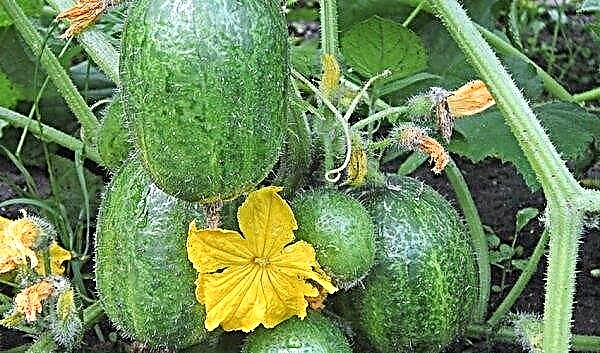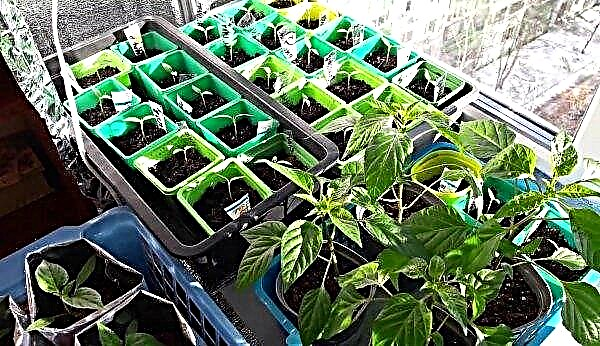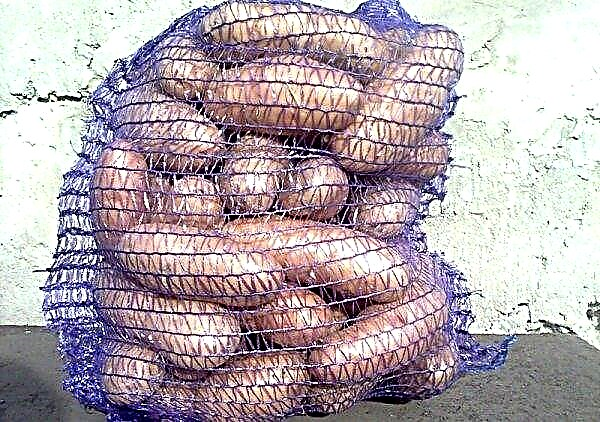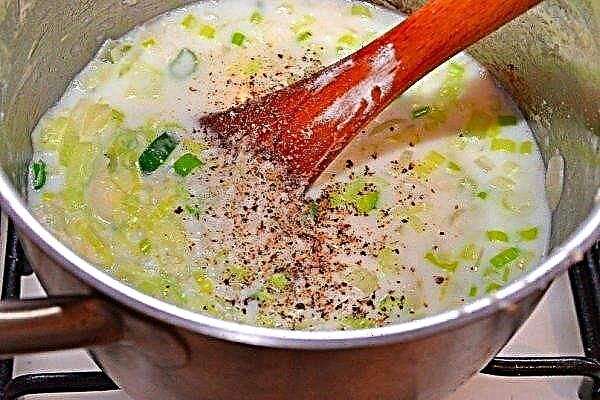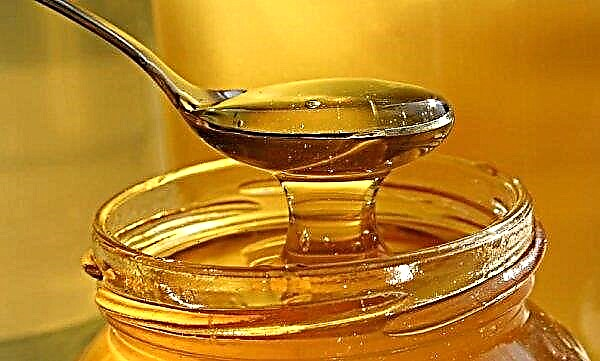Gladioli are very beautiful flowers that can decorate any home. For their cultivation, it is not necessary to buy bulbs of dubious quality (these are the ones most often found in markets and in stores). You can grow beautiful plants yourself at home, and how to do this will be described in this article.
Description of the seeds of gladioli
Gladiolus fruits look like a webbed. Its upper part is slightly cracked. Inside the box there will always be winged type seeds. On average, their number reaches 250 pcs. The inoculum of the gladiolus flower does not have physiological rest. Therefore, they can be planted immediately after harvest. As a result, after a few weeks they will begin to sprout.
Important! It is necessary to store the seeds of gladioli in a room where there is a rather high level of humidity. In a dry environment, the seed material may lose the ability to germinate.
Most gardeners, even experienced ones, cannot answer the question of what the seeds of gladioli may look like. Everyone knows the description of the flower bulb, but there are certain difficulties with the appearance of the seed material.
The main characteristics of the seeds include:
- shape is flat;
- Brown color;
- size - about 2 mm.

How to get and collect gladiolus seeds
The formation of gladiolus seeds is carried out in a box only after pollination. In the wild, self-pollination of these flowers is very difficult, because pollen ripening in stamens (male flowers) and pestle opening (female inflorescences) are carried out at different times.
Of great importance in the pollination of flowers are insects, which carry pollen between inflorescences.. A strong wind also helps. The disadvantage of the second method is that the purity of pollination is impaired (pollen of other plants can be carried). To get high-quality seeds and collect them, the gardener needs to pollinate the plants themselves. To do this, pick a male flower and start shaking it over female inflorescences.

It is necessary to collect the seed material of gladioli from plants that are uniformly colored. This increases the chance of growing flowers of the same color. The collection of planting material is carried out when the flowering process is completed. That is, when the flowers turn into seed boxes.
A step-by-step procedure for collecting planting material is as follows:
- Carefully remove the box. To do this, it is better to use a knife or scissors.
- Dry the box at room temperature for 3 weeks.
- Remove the seed.

How to grow gladiolus from seeds at home
If you like to grow gladioli, then you need to know the basic rules of planting and careso that during the growing season there are no problems with the plant. First, decide on quality containers in which nutritious and light soil is poured.
Arrange flower pots on well-lit window sills. The future growth and development of plants depends on the quantity and quality of lighting.
Important! If you want to grow domestic flowers from seeds, you must be prepared for the fact that varietal characteristics are not preserved. Therefore, the chances are very low that you will get the same gladiolus as the mother plant.
Landing time
Gladiolus seeds should be planted in March or April. They need to be planted in special boxes or containers. Watch how much the soil warms up after freezing. The optimum temperature, at a depth of 10 cm, should be around + 9 ° C.

Planting rules
First of all, it is necessary to clean the seeds from the shell. After this, the planting material is soaked in a growth stimulator. Most often, gardeners use "Kornevin" or "Heteroauxin." Soak for 2-5 hours, depending on the drug used. Hetero-Auxin, which has a positive effect on the development of the root system, is most effective in seed.
Proportions for the use of such substances:
- “Heteroauxin”: dilute 60 mg of the drug in 1 liter of water and soak the seed for 5 hours;
- "Kornevin": 100 mg per 1 liter of water. Soak for about 2-3 hours.
Did you know? In the Middle Ages, gladiolus bulbs were used in folk medicine. Decoctions were prepared from them, which are considered effective in toothache and improve lactation.
Prepare tanks and soil for planting. A high-quality substrate can be prepared at home, mixing turf soil, humus and river sand. The ratio of components should be 1: 1: 1. If necessary, you can use the ready-made soil, which is sold in specialized stores. It is best to use "Violet" or "Torfolin." Be sure to add river sand to the finished soil to ensure high-quality air exchange of the root system.
Before planting, sprout the seeds until sprouts appear, 5 cm high. To do this, soak them in clean warm water for 3-5 days. After this, transplant into containers with soil. Planting depth should be 1 cm, and the distance between seeds 2 cm.
Video: germination of gladioli from seeds
Watering and fertilizer
In May, take the seed containers out into the open. Every day they should be aired for 2-3 hours. Gradually, the stay time should be increased. At the last stage of hardening, containers should be kept outdoors for about 8 hours.
Further care for gladioli consists in watering and feeding. The first time you need to water the seeds 2-3 weeks after planting. At first, it is better to use a spray to prevent waterlogging of the soil. Since May, you can water the soil with a special garden watering can. For 1 container, which contains about 10-20 seeds, you need to use 2 liters of water.
Fertilizers are applied 2 times during the growing period. One month after planting, use potassium nitrate (50 mg per 4 liters of water) and pour the prepared solution of the container with the seed. In mid-May, feed the gladioli with superphosphate (20 mg per 3 l of water) in the same way.
Breeding
There are several types of propagation of gladioli:
- by seeds;
- dividing the bulbs.

All varieties prefer to breed differently. Features of flower growing by seeds were considered above.
Bulb division consists of several stages:
- Cut the planting material into 2 parts.
- Plant upside down or sideways.
Did you know? The gladiators of ancient Rome wore a gladiolus bulb on their chest as an amulet. They believed that this plant brings them victory.
Diseases and Pests
The most common diseases of gladioli include:
- fusarium. Indented spots of red color appear on the seeds. The treatment of seed consists in processing, or rather soaking, with Tiazon (30 mg per 4 l of water);

- gray rot. Symptoms are based on the appearance of white plaque on seed. For the treatment of the disease using baking soda (50 g per 10 liters of water). The solution must be processed seed before planting;

- scab. The seed is covered with yellow spots, which eventually become brown. The fight against the disease consists in treating the seed with the “Fundazole” solution (30 g per 5 l of water). They need to spray the soil before planting.

During the cultivation of gladioli flowers can be affected by various pests, among which can be noted thrips, wireworms and root tick. Treatment consists of using highly effective insecticides. Against thrips use "Karbofos" (75 g per 10 liters of water). They need to spray plants.
Bordeaux liquid (40 g per 5 l of water) is used against wireworms. Processing is carried out 3 times, with an interval of a month. In the fight against the root tick, an Oxychoma solution (50 g per 10 liters of water) should be used. This solution needs to be watered the soil every 2 weeks.

Prevention of diseases and pests consists of several stages:
- Clean planting material before storing it.
- Remove all dry plants from the site before winter.
- Sprinkle the soil with copper sulfate (10 g per 10 l of water) before each planting.
So, now you know how to grow gladioli in the home. If you adhere to the basic rules for planting and care, then the flowers will be able to grow beautiful and plain.





